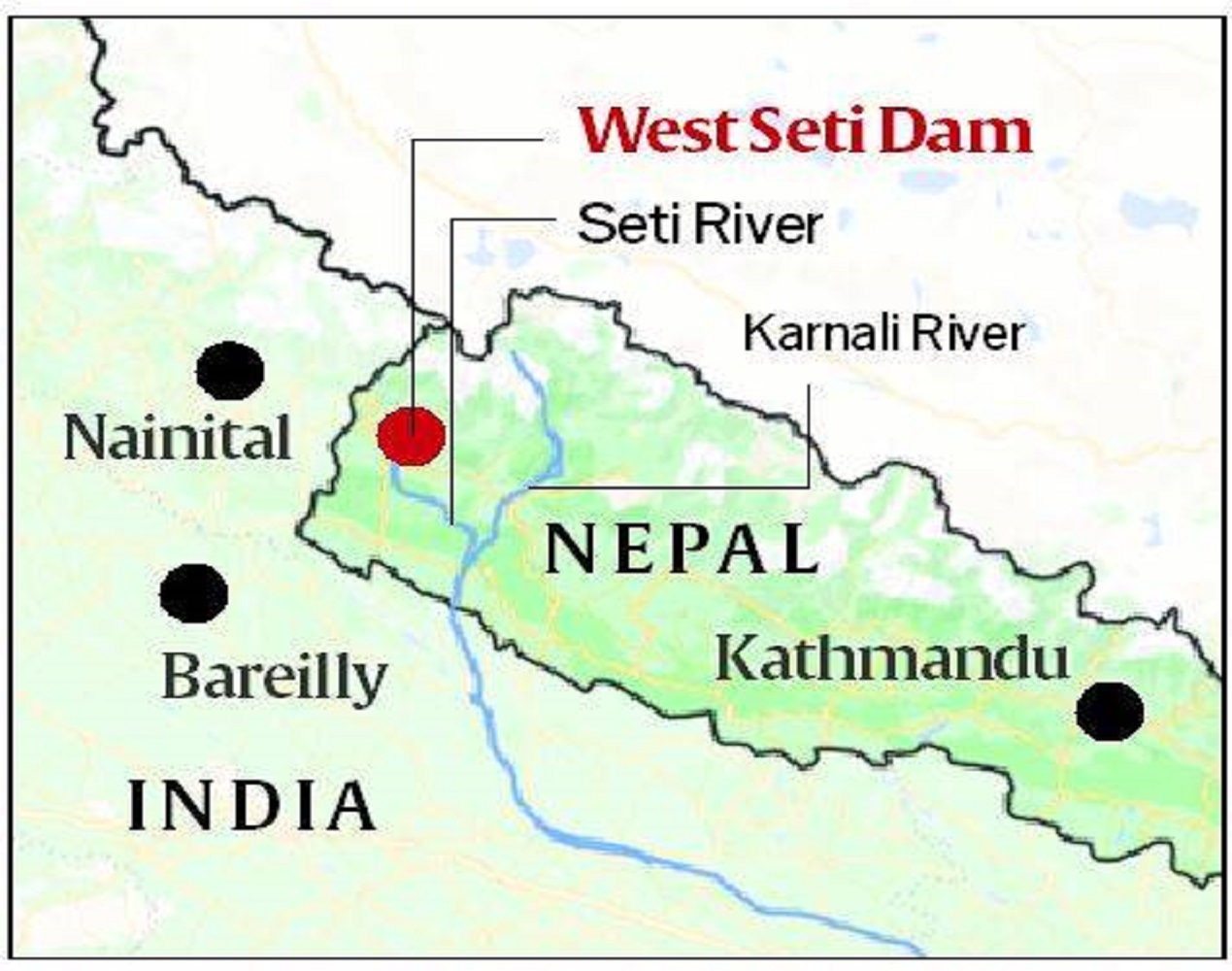Despite asymmetries between Nepal and India, the two countries have remained natural partners. The open border arrangements with similarities in socio-economic and cultural issues have facilitated that partnership further. That is why, the relations have been unique and exemplary and are based on mutual trust goodwill, and understanding.
So far, India is the “single largest trading partner” of Nepal. The upcoming high-level visits between India and Nepal could give an opportunity to upgrade the economic ties to a higher level and India could be the “single largest export partner” of Nepal as well as one of the significant export destinations. It is a proven fact that Nepal received a high volume of FDI from India and has the most successful joint ventures (JVs) in Nepal. Despite this positivity, the merchandise export-import ratio with India stands at 11:89, with a trade deficit of Nepali Rupees (NRs) 10.45 trillion in 2021-2022. Keeping in view the experience of the last 25 years of trade, Indian petroleum products have been the largest one in the entire bilateral trade with India. That Nepal must diversify by focusing on non-merchandise exports to India and the export of electricity could be the best option.
The 6th IPCC report has identified South Asia as one of the most vulnerable regions in the world given the topographical structure, population density, and poor socio-economic profile. Climate-induced hydrological changes are projected to increase migration. There is already evidence of an increase in the frequency, intensity, and severity of floods, cyclones, droughts, landslides, and heat waves in the region. Moreover, most South Asian countries are under a massive energy transition from fossil fuel to green energy as per their global commitments. In that context, the hydro-energy potential of Nepal could be a game changer in redefining both the economic and strategic relationship between India and Nepal. This sector has already been identified during Prime Minister Modi’s visit to Nepal in April 2022. The upcoming visit of Prime Minister Prachanda to India would focus on the implementation part of the hydro-energy cooperation between the two counties.
Hydro-energy could be a win-win situation for both countries since Nepal needs to export surplus electricity to India while the latter wants to reduce its dependency on fossil fuels. Hydropower provides a clean, safe, reliable, efficient comparatively cheaper source of energy thereby helping mitigate global and regional climate change. Fortunately, Nepal is a country with abundant water-resource of perennial snow-fed rivers flowing from the Himalayas, and based on the same, has the potential of 85000MW as per traditional estimation. However, under the new hydro-technology that could go up to 0.2 million MW.
After a struggle of over seven decades, Nepal has reached at a stage where it could emerge as a major energy hub of South Asia with a massive energy surplus since 2022. Having an installed capacity of around 450MW in 2012, the energy sector has made drastic improvements. Nepal currently has about 115 projects with a total capacity of 2230MW and that would reach 3000MW within the next 2-3 years. Given the current domestic energy scenario, Nepal has a peak demand of 1884 MW during the monsoons and it can export the surplus electricity to India.
There is a perception in Nepal that despite agreeing to import electricity from Nepal on case to case basis for hydropower projects in Nepal, India has concerns over the third country promoter of the project, investments, origin of equipment and materials used in the projects etc. This nitty-gritty actually should not be a barrier in the globalized economy while implementing the holistic motto “Sab ka Saath, Sab ka Vikas”.
It is a fact that hydropower is the best source of energy that can be generated 24/7, followed by solar power which we can extract in the daytime only if not stored, and far better than any other fossil-based energy in terms of environmental safety and cost-effectiveness. All three nations-Bangladesh-India-Nepal of the BBIN sub-region, except Bhutan, are facing an energy crisis, either seasonally or around the year. The crisis could undoubtedly deepen if the generation of green energy fails to manage power generation, transmission, and distribution—both for industrial and domestic uses. Therefore, green energy would play a key role and regional organizations could play a vital role to take the lead to address these issues in establishing a resilient hydro-energy supply chain between Nepal-India and South Asia at large.
Unfortunately, despite these potentialities, none of the Indian private sectors except GMR has come up to cash hydropower mass potential in Nepal whereas India is in dire need of abundant energy for industrialization and domestic needs. GMR got a generation license of 900 MW Upper Karnali a long time back but the project has not been able to kick start because of its financial problems. On the other hand, the Indian government power agency SJVN Ltd. has been developing on lower Arun hydroelectric project of 679 megawatts as a cascade project followed by 900 MW Arun III and also in process for 700 MW West Seti. Bangladesh has shown interest in the construction of 1110 MW Sunkoshi II and 550 MW Sunkoshi III projects and importing 9000 MW power purchase plans from Nepal by 2040. There have been thousands of such projects in Nepal which cannot sell generated power to the domestic market. Therefore, the developers have come up with a proposal for direct export to India or a third country after construction. Furthermore, looking at the complimentary advantages, joint development of hydropower, and power trade in the region, by exporting power to India, Nepal will greatly be benefitted from bridging the ever-escalating trade deficit with India. This will also enhance Nepal-India economic partnership, transforming Nepal’s development aspirations in a faster way by earning INR from electricity.
On the other hand, India needs power not only to sustain its economic growth and future growth developmental aspirations but also to ensure a healthy life for its people. By buying energy from Nepal, India can gain by avoiding immediate huge investment in its power sector and diversifying its investments in other sectors. Additionally, with immediate access to clean energy, India could address its international commitments towards improving climate change through renewable energy and that would make a shift towards zero emission by 2070.
With such promising prospects, both countries should come forward for closer cooperation for hydropower development both at the policy and implementation levels. That will boost the investor’s confidence and the other stakeholders on both sides for the bilateral and sub-regional transformative outcome.
(The paper is the author’s individual scholastic articulation. The author certifies that the article/paper is original in content, unpublished and it has not been submitted for publication/web upload elsewhere, and that the facts and figures quoted are duly referenced, as needed, and are believed to be correct). (The paper does not necessarily represent the organisational stance... More >>
Image Source: hhttps://www.iasparliament.com/uploads/files/setiriverproject.jpg











Post new comment